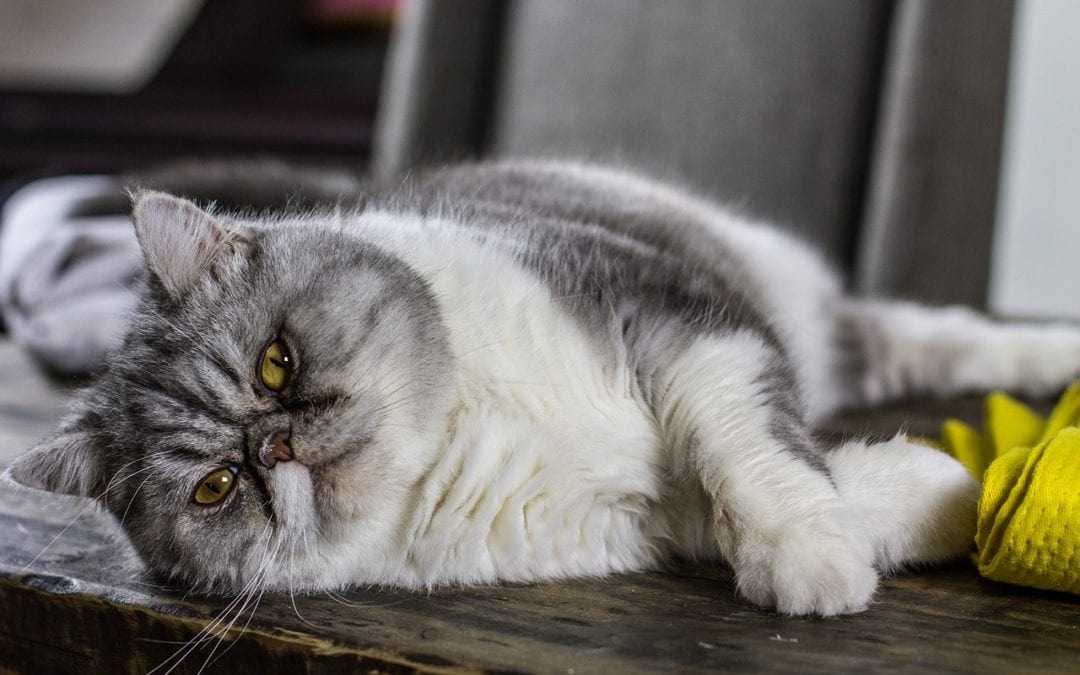Diabetes is an all-too-common disease that affects people and pets alike. Just as it is on the rise amongst the human population, feline diabetes is becoming a more and more frequently seen problem in the cat world.
With approximately one in 500 cats being affected by this disease, it is an important one for cat lovers everywhere to be aware of. Thankfully, there are more options for treating cats with diabetes today so you can enjoy years together if you catch it early. Do you know the signs of diabetes in cats?
Diabetes in a Nutshell
Our (and cats’) bodies need insulin in order to utilize the carbohydrates in our diet as energy for our cells. Diabetes mellitus is caused by the inability of the body to either produce enough insulin, or the body’s tissues decreasing responsiveness to insulin. If carbohydrates in the form of glucose cannot be absorbed into the cells, it accumulates in the bloodstream, resulting in serious consequences.
Pets who are suffering from diabetes often have some characteristic symptoms that result from the abundance of glucose in the body. These include:
- Weight loss despite a good appetite
- Increased thirst
- Increased urination
- A dull haircoat
- Decreased energy levels
- Difficulty using rear limbs (not seen in all cases)
Most times we can diagnose diabetes in cats with blood and urine testing. Cats who have any of the above symptoms are often tested for diabetes as well as a handful of other health problems that may present similarly.
There is no cure for diabetes in cats. Most diabetic kitties, however, respond quite well to treatment. Diabetic cats must be monitored closely. Usually a specialized diet is recommended in addition to daily insulin injections, but these are easy to manage at home.
Decreasing the Risk of Diabetes in Cats
Any cat can be affected by diabetes, however there are some things that you can do to decrease the risk. The most effective way to lower your cat’s chance of developing diabetes is to help him or her maintain a healthy weight. Be sure to:
Watch calories – We can help you to determine how many calories your cat should be eating each day, depending on his or her body type and lifestyle. A little bit adds up quickly on a kitty’s waistline. Be sure to measure your cat’s portions out daily and redirect your cat with play or attention when he or she begs.
Make changes – Some cats need to eat a special food to help aid in maintaining a healthy weight. There is evidence that low carbohydrate diets are helpful in warding off diabetes. Our ULVH veterinarians are happy to help counsel you on what food may be best for your individual cat.
Get your cat moving – Even though many cats trend towards couch potato, exercise is essential for most. Make an effort to get your cat up and moving for at least 15 minutes every day. You might use a laser pointer, catnip, or a fishing pole type toy to encourage activity. Rotate toys frequently. Don’t be afraid to make kitty work for food, either. Try hiding food in different locations so that your cat has to “hunt”, or moving the feeding station farther away from your cat’s regular resting places.
While diabetes in cats is more common than we would like, routine veterinary care and good habits at home can go a long way towards preventing it. Even if your cat does develop diabetes, you are now better equipped to recognize the signs early and get ahead of the game.

